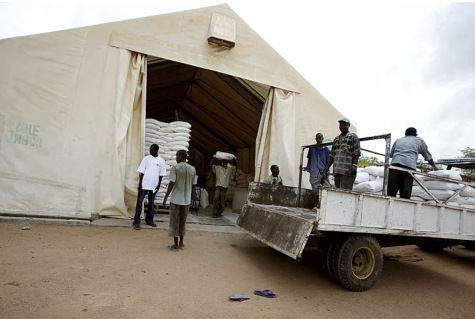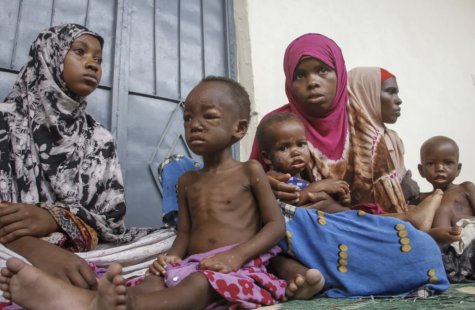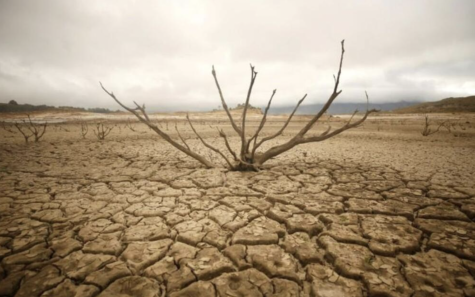West Africa Faces Food Shortages With Thousands Near Famine
May 22, 2023
The West African food crisis puts 48 million West African citizens in danger of losing regular access to safe and healthy food. This crisis is bordering a famine now after almost a year from its beginning with over 27 million people suffering from hunger in April of 2022 and projections for 16.5 million children less than five years old to face malnutrition within the year. These numbers have continued to rise with the increase in climate and political crises.

One of the main causes of this crisis is the political and economic crises that face our world today. The war with Ukraine and Russia has placed economic stress not only on Europe but also on Western Africa which suffers from food and fertilizer shortages. Additionally, the extreme inflation rates seen globally as a result of the war have only increased tensions about food sources in Western Africa. The Islamist insurgency in West Africa has also created a refugee crisis displacing 2.5 million people which forces millions of people to abandon their farmlands and homes because of these political conflicts. Violent conflicts in the Democratic Republic of the Congo, Mozambique, and Sahel put continued stress on the food crisis along with the military coups in Mali, Guinea, Sudan, and Burkina Faso. These political and economic disasters have only placed increased stress on West African countries and their ability to provide nutritious food to their citizens.

However, the main cause of this food shortage is the climate crisis. Most harvests and animals have proved unsuccessful due to extreme weather patterns of floods and droughts that have plagued the West African area as well as farms across the world that supply to West Africa. On top of all this, West Africa has faced the largest plague of locusts that the region has seen in over 70 years. More than 13 million people have been forced to move in order to find water and crops. The extreme weather patterns experienced in the United States have had an even larger impact on Western Africa because this region does not have the same amount of agricultural resources to support its populations.

Organizations have already started to fight this crisis by donating an estimated $30 billion to increasing agricultural, water, irrigation, and nutrition projects. These programs would in theory increase food and fertilizer production, increase trade, and assist low-income communities. The Food System Resilience Program pledged $716 million to assist 4 million people in West Africa by increasing food production. Additionally, the African Great Green Wall works to create climate-conscious resolutions to boost regional food production and the regional economy. This program is set to rebuild 100 million hectares of destroyed land while also creating 10 million jobs. These organizations are actively working to combat this food shortage crisis, but will it be enough to stop millions of West Africans from dying of hunger?


